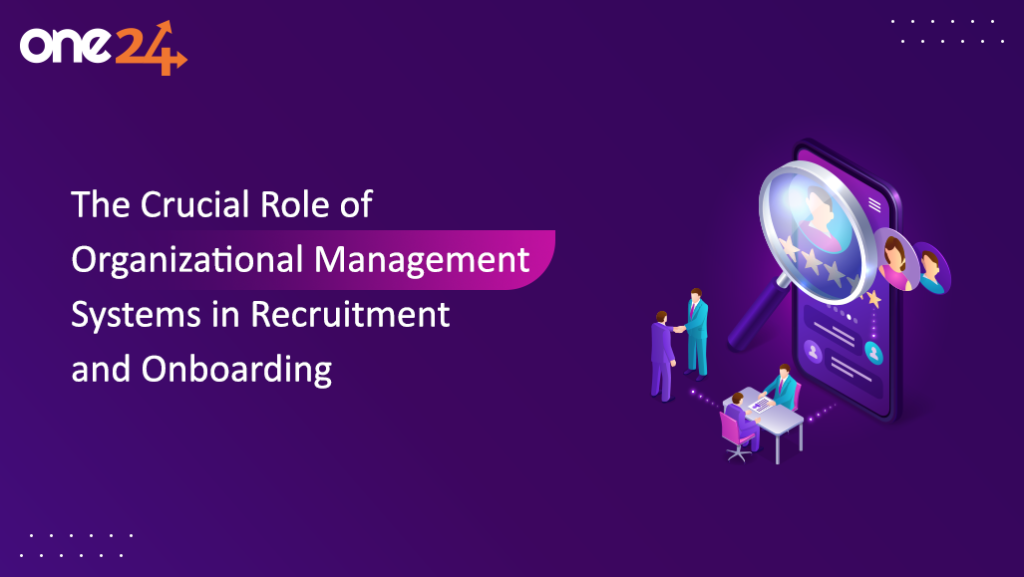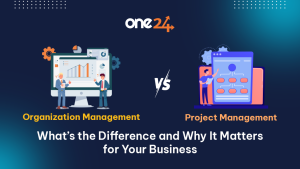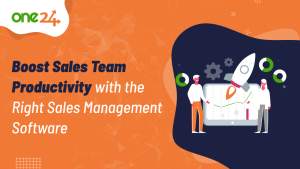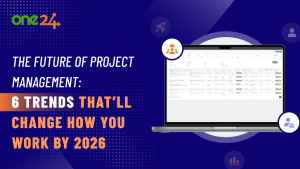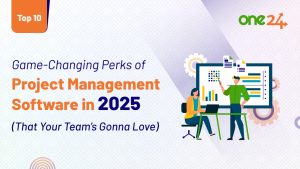It is impossible to exaggerate the importance of efficient employee onboarding in the changing world of contemporary companies. It acts as the turning point at which a newly hired employee becomes a fully functional team member rather than just a potential candidate. In addition to shortening the time it takes for new hires to start producing, a well-run onboarding procedure increases engagement, retention rates, and overall business performance. The deployment of strong staff management solutions that optimize and speed up the hiring process is essential to reaching these goals.
Recognizing the Fundamentals of Onboarding
To fully understand employee management system complexities, it is imperative to understand the fundamentals of onboarding. It involves more than just completing paperwork and orientation courses; it involves integrating new personnel into the business culture, beliefs, and procedures to put them up for long-term success. A well-executed hiring process sets clear goals, makes the required tools available, and fosters deep connections so that staff members feel appreciated, empowered, and ready to contribute right away.

Challenges of Traditional Onboarding Methods
Conventional procedures frequently fail to satisfy the changing needs of contemporary businesses and employees because they are occupied by laborious paperwork, fragmented processes, and a lack of personalization. The absence of a systematic approach might cause new hires to get disoriented, frustrated, and disengaged, which makes it more difficult for them to fit in with the team. In addition, old techniques increase administrative inefficiencies by wasting time and money that may be better spent on more important projects.
The Role of Organizational Management Systems
Because they offer a unified platform for organizing and automating a variety of onboarding tasks, having a platform is essential to a successful joining process. By using technology to improve communication, expedite procedures, and customize experiences, these technologies maximize the joining process for both HR personnel and new hires.
1. Smooth Compliance and Documentation
Having a system helps HR departments handle paperwork more effectively by facilitating the digitalization of onboarding paperwork, allowing new hires to complete paperwork online. These systems minimize the possibility of mistakes or oversights by automating compliance-related procedures like tax forms, confidentiality agreements, and policy acknowledgments. This guarantees conformity to legal and regulatory requirements.
2. Personalized Onboarding Journeys
When it comes to onboarding, one size does not fit all. Organizations may customize the joining process according to a worker’s role, department, and personal preferences by using organizational management systems. New joiners receive training materials, welcoming messages, and pertinent resources through individualized portals, which help them feel empowered and at home right away.
3. Organized Education and Training
Comprehensive training and development programs are included in effective onboarding, which extends beyond orientation meetings. Organizations can assign training modules, designate defined learning pathways, and monitor real-time progress with the help of management systems. These solutions expedite the ramp-up process by providing ongoing guidance and feedback, giving new joiners the tools they need to succeed in their positions.
4. Improved Interaction and Cooperation
During the onboarding process, clear communication is crucial to establishing trusting connections and setting realistic expectations. Employee management systems create smooth channels of communication, making it simple for new hires to get in touch with managers, mentors, and coworkers. These platforms, which include video conferencing, instant messaging, and virtual collaboration tools, allow for meaningful exchanges that increase team engagement and integration.
5. Data-Driven Insights and Continuous Improvement
Effective onboarding strategies are fundamentally centered on ongoing improvement. Throughout the recruitment process, organizational management systems collect insightful data and analytics that offer useful insights into critical performance indicators like time-to-productivity, retention rates, and satisfaction levels. Organizations can improve the overall employee experience by pinpointing bottlenecks, streamlining procedures, and honing onboarding techniques by utilizing these data.
Final Say
Organizations need to give top priority to putting in place strong organizational management systems to enable smooth onboarding processes in the highly competitive world of today. These technologies are essential for speeding up the integration of new recruits and promoting long-term success because they digitize documents, personalize journeys, facilitate training, improve communication, and use data-driven insights. Investing in personnel management systems is becoming more than simply a best practice for firms that are constantly evolving; in the digital age, it is a strategic necessity for promoting engagement, retention, and organizational agility.
Frequently Asked Questions
1. What distinguishes an Organizational management system (OMS) from conventional HR software?
A complete platform that makes HR tasks like hiring, joining, performance management, and employee data administration easier is called an OMS. In contrast to conventional HR software, which could concentrate on selected duties or modules, OMS provides an integrated solution that manages the full employee lifecycle.
2. What role does an OMS play in hiring procedures?
Through the automation of operations including job listings, applicant tracking, resume screening, and interview scheduling, OMS improves recruitment procedures. It delivers analytics to assess recruiting success and pinpoint areas for development, centralizes candidate data, and expedites communication between hiring teams.
3. How does the onboarding of new personnel involve the use of an OMS?
By digitizing documents, offering customized onboarding portals, assisting with training and development, and promoting easy communication and teamwork, an OMS improves the joining process. It makes sure that from day one, new hires feel informed, supported, and part of the team.
4. How can data security and compliance during onboarding be enhanced by an OMS?
To ensure adherence to legal and regulatory standards, an employee management system automates compliance-related tasks such as tax filings, confidentiality agreements, and policy acknowledgments. Centralizing confidential data and putting encryption and access restrictions in place to guard against breaches or unwanted access, also improves data security.
5. How can an OMS help with the continuous engagement and growth of its workforce?
An OMS facilitates continuous employee growth and engagement by giving access to performance reviews, career development opportunities, and training materials. It encourages a culture of ongoing learning and development, which boosts worker productivity, retention, and satisfaction.
6. What are the most important factors to consider when choosing an onboarding and recruitment personnel management system?
When choosing a tool, important factors are vendor reputation, customer support services, customization choices, scalability, ease of use, compatibility with current HR systems, and data security features. Selecting a solution that fits your company’s requirements and goals is crucial.
One24 is a feature-rich tool encompassing all the above requirements. Get in touch and learn more about how it can transform your company’s mundane tasks.

